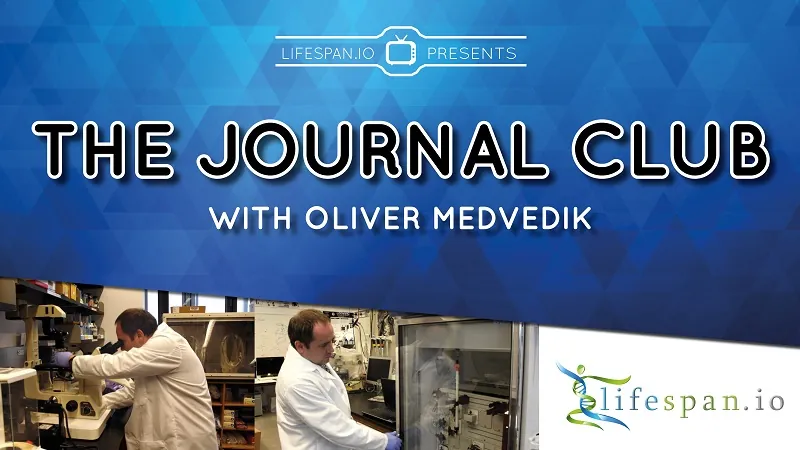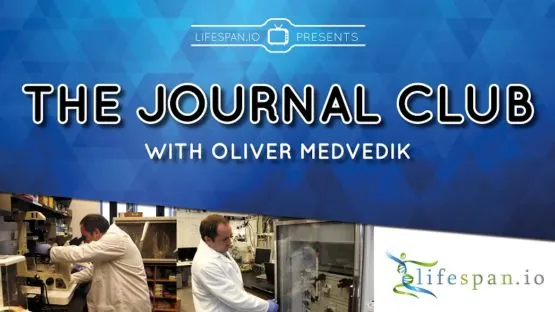Journal Club returns live to our Facebook channel on June 29th at noon Eastern Time with Dr. Oliver Medvedik. This month, we are taking a look at rapamycin, a drug that has long been believed to slow down aging, and how it changes the way DNA is stored inside cells to support gut health and longevity [1]. You may also like to read our coverage of this paper here for context.
Rapamycin appears to support genomic stability
This paper is important because researchers have shown that rapamycin doesn’t just slow metabolism down via mTOR, it also supports genomic stability via increasing histones and improves how tightly packed DNA is. This improvement to DNA storage has been observed in both fruit flies and mice in the lab, and the researchers believe that those benefits could translate to humans.
Abstract
Age-related changes to histone levels are seen in many species. However, it is unclear whether changes to histone expression could be exploited to ameliorate the effects of ageing in multicellular organisms. Here we show that inhibition of mTORC1 by the lifespan-extending drug rapamycin increases expression of histones H3 and H4 post-transcriptionally through eIF3-mediated translation. Elevated expression of H3/H4 in intestinal enterocytes in Drosophila alters chromatin organisation, induces intestinal autophagy through transcriptional regulation, and prevents age-related decline in the intestine. Importantly, it also mediates rapamycin-induced longevity and intestinal health. Histones H3/H4 regulate expression of an autophagy cargo adaptor Bchs (WDFY3 in mammals), increased expression of which in enterocytes mediates increased H3/H4-dependent healthy longevity. In mice, rapamycin treatment increases expression of histone proteins and Wdfy3 transcription, and alters chromatin organisation in the small intestine, suggesting that the mTORC1-histone axis is at least partially conserved in mammals and may offer new targets for anti-ageing interventions.
Lifespan Heroes can join us on the call
If you are one of our monthly patrons, the Lifespan Heroes, you can join us on the call live and directly join in the discussion.


